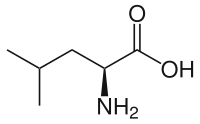First part of MATLAB practice exercises
- Generate random data for testing purpose
- Output mean and standard deviation of the data
- Plot histogram of the data
Part 1.
Generate random data:- using uniform distribution rand()
- using normal distribution randn()
Using uniform distribution:
x_uniform = rand(100,1); % creates vector of 100 elements samples from uniform distribution, 0<=x<=1
Using uniform distribution:
x_normal = randn(100,1); % creates vector of 100 elements samples from normal distribution
Part 2.
Output mean of x_uniform:mean(x_uniform)
Now, output mean of x_normal:
Show answer
Output standard deviation of x_uniform:
std(x_uniform)
Now, output standard deviation of x_normal:
Show answer
Part 3.
Plot histogram of the data using hist()function. Do it for both data vectors (random data from uniform and normal distributions)Show answer












